Boletus Edulis: [Characteristics, Cultivation, Harvesting]
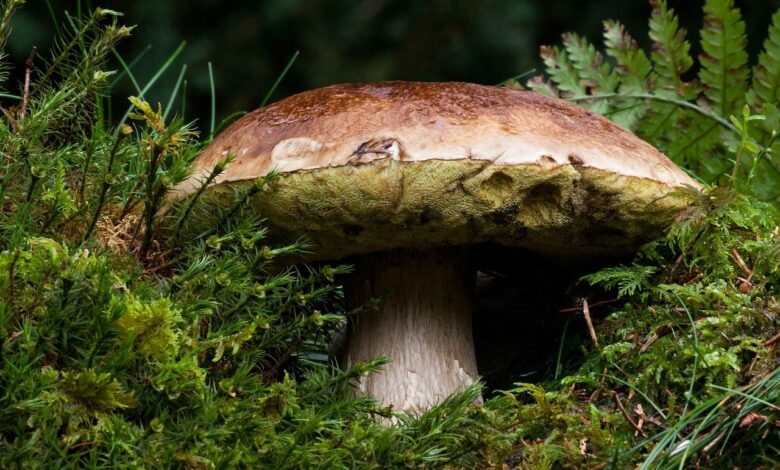
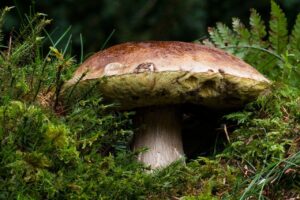 Boletus edulis is a basidiomycete fungus, and the type species of the genus Boletus. Of the order of the boletales.
Boletus edulis is a basidiomycete fungus, and the type species of the genus Boletus. Of the order of the boletales.
Widely distributed in the northern hemisphere through Europe, Asia, and North America, it is not found naturally in the southern hemisphere, although it has been introduced in southern Africa, Australia, New Zealand, and Brazil.
Several closely related European fungi previously believed to be varieties or forms of B. edulis have been shown by molecular phylogenetic analysis to be distinct species, and others previously classified as separate species are conspecific of this species.
The western North American species commonly known as the California king boletus (Boletus edulis var. Grandedulis) is a large, darker-colored variant that was first formally identified in 2007.
Boletus characteristics
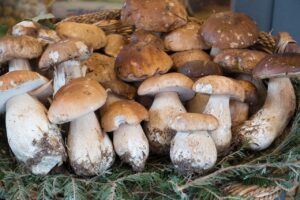 The fungus grows in deciduous and coniferous forests and in tree plantations , forming symbiotic ectomycorrhizal associations with living trees by enveloping the underground roots of the tree with pods of fungal tissue.
The fungus grows in deciduous and coniferous forests and in tree plantations , forming symbiotic ectomycorrhizal associations with living trees by enveloping the underground roots of the tree with pods of fungal tissue.
The boletus produces fruiting bodies with spores on the ground in summer and autumn. The fruit body has a large brown cap that can sometimes reach 35 cm (14 inches) in diameter and 3 kg (6 lb 10 oz) in weight.
Like other boletes, it has tubes that extend downward from the bottom of the cap, rather than gills; spores escape at maturity through tube openings, or pores.
The pore surface of the B. edulis fruit body is whitish when young, but ages to a greenish-yellow.
The robust stylet, or stem, is white or yellowish in color, up to 25 cm tall and 10 cm thick, and partially covered with a raised web pattern, or crosslinks.
Appreciated as an ingredient in various culinary dishes, Boletus edulis is an edible mushroom highly valued in many kitchens, and is often prepared and eaten in soups, pasta, or risottos. The mushroom is low in fat and digestible carbohydrates, and high in protein, vitamins, minerals, and dietary fiber.
Although it is sold commercially, it is very difficult to grow.
Where to grow boletus edulis
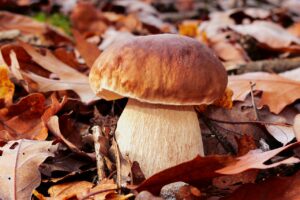 Available in autumn in central, southern and northern Europe, it is usually dried, packed and distributed throughout the world.
Available in autumn in central, southern and northern Europe, it is usually dried, packed and distributed throughout the world.
It maintains its flavor after drying, and is then reconstituted and used in cooking. B. edulis is one of the few mushrooms that is sold pickled.
Boletus edulis grow in numerous parts of the global world, symbiotically with both deciduous and coniferous, so they are constantly growing somewhere.
They begin in midsummer in a few mountain ranges (looking for sandy soils), disappear in the peak summer heat (August), and then begin to appear in greater abundance in the fall (occurrence for dark fertile soils), especially on the coast. northwest where we harvest in western Canada.
Although they grow in many forms of forests, 100% of our crops have been in coniferous forests ( pine and fir).
The relationship between trees and boletus edulis
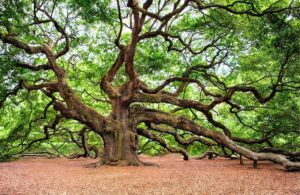 Many fungi, including the boletus edulis, have a mycorrhizal relationship with certain forests, that is, they live in symbiosis.
Many fungi, including the boletus edulis, have a mycorrhizal relationship with certain forests, that is, they live in symbiosis.
Fungi colonize and nourish the root system associated with trees. They have been efficient in absorbing and storing water; as well as different nutrients that they discharge into the roots as needed.
They convert substances that are otherwise useless to the soil and adjust the nitrogen according to the tree’s needs. To do all this work in progress and also to reproduce, they need fuel.
They get this fuel from their photosynthetic tree mates. However, not only is it a fungus that is rare on a tree, but the two species also develop into completely interconnected communities.
Older and larger trees pass mycorrhizae to their saplings expanding the fungal system and thus underground roads and paths become more complex and much more sensitive.
A tree that is not healthy, about to dry out, or has an invasive insect can be detected and the parts begin to work together to restore well-being and balance.
It is a fascinating system of symbiosis and collaboration.
Some considerations if you are collecting boletus edulis
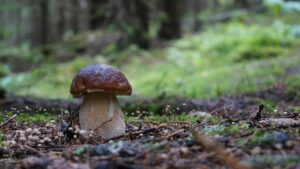 Although amanitas are believed to be edible in some countries, we do not recommend that you pick them yourself. In any case, you can give thanks that you may find boletus edulis around.
Although amanitas are believed to be edible in some countries, we do not recommend that you pick them yourself. In any case, you can give thanks that you may find boletus edulis around.
Once you find a boletus edulis, you will usually find it closer. The giants, though impressive in weight, will almost certainly contain maggots, leave them behind and continue searching the area.
You will quickly notice with a touch of your knife or the tip of your hand if these are soft and squishy or firm and intact when you are in a boletus edulis area.
As with any mushroom picking, use gloves, baskets or bags that have air flow. A dirty mushroom makes a whole bucket dirty and means a lot more work later on.
For boletus edulis that are clean, slice close to the root or gently swirl and toss until free from the soil. Clean the needles, the remains of the hat and shave the stem with a very sharp knife.
Can boletus edulis be confused with other mushrooms?
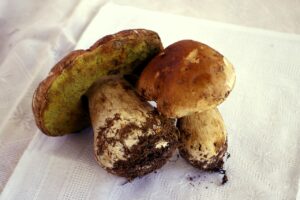 It can be confused with B. reticulatus , but it does not have a whitish margin, its color is uniform, and the cuticle is dull, dry and finely reticulated. It is also an excellent edible.
It can be confused with B. reticulatus , but it does not have a whitish margin, its color is uniform, and the cuticle is dull, dry and finely reticulated. It is also an excellent edible.
Also with Boletus aereus and Boletus pinicola , excellent edibles.
Boletus edulis species
Several similar brown species are sometimes considered subspecies or forms of the boletus. In Europe, in addition to B. edulis (or cèpe de Bordeaux), the most popular are:
Tête de nègre ( «black head»; Boletus aereus )
Much rarer than B. edulis, it is more appreciated by gourmets and therefore more expensive. Typically smaller than B. edulis, it is also distinctively darker in color.
It is especially suitable for drying.
Cèpe des pins ( “cep de pino”; Boletus pinophilus or Boletus pinicola )
It grows among the pines. Rarer than B. edulis, it is less appreciated by foodies than the other two classes of swine, but it is still a fungus ranked above most others.
Cèpe d’été ( «summer cep»; Boletus reticulatus )
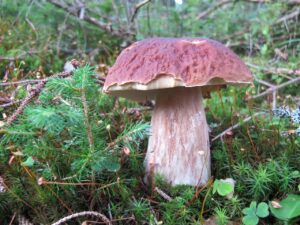 Also less common.
Also less common.
Molecular phylogenetic analyzes have shown that these three are distinctive and separate species; Other taxa previously believed to be unique species or subspecies, such as B. betulicola, B. chippewaensis, B. persoonii, B. quercicola, and B. venturii, are now known to be part of a B. edulis with a wide morphological range , ecological and geographic, and that the genetic variability in this complex is low.
Similar molecular technology has been developed to quickly and accurately identify B. edulis and other commercially important fungi.
Three divergent lineages found in China’s Yunnan province that are commonly traded and sold as B. edulis (and which are actually most closely related to B. aereus) were described in 2013 as B. bainiugan, B. meiweiniuganjun, and B. shiyong .
In western North America there are several species closely related to B. edulis.
The white king boletus ( Boletus barrowsii )
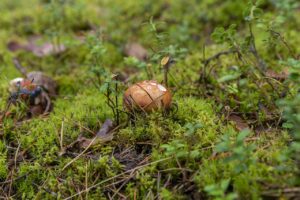 Found in parts of Colorado, New Mexico, Arizona, and California (and possibly elsewhere), it is named after its discoverer Chuck Barrows.
Found in parts of Colorado, New Mexico, Arizona, and California (and possibly elsewhere), it is named after its discoverer Chuck Barrows.
It is lighter in color than B. edulis, and has a cream-colored cap with shades of pink; often mycorrhizal with the Ponderosa pine, it tends to grow in areas where there is less rainfall. Some find it tastes as good as if it were no better than B. edulis.
The boletus edulis var. California grandedulis can reach massive proportions, and is distinguished from B. edulis by a mature pore surface that is brown to slightly reddish in color.
The color of the cap seems to be affected by the amount of light received during its development, and can vary from white in young specimens growing under a thick canopy, to dark brown, reddish brown or yellowish brown in specimens that receive more light.
The queen boletus ( Boletus regineus )
Previously considered a variety of B. aereus, it is also an edible of choice. It is generally smaller than B. edulis and, unlike that species, it is typically found in mixed forests.
The spring king boletus (Boletus rex-veris), formerly considered a variety of B. edulis or B. pinophilus, is found throughout western North America. Unlike B. edulis, B. rex-veris tends to fruit in clusters and, as its common name suggests, appears in spring.
Pests and diseases of boletus edulis
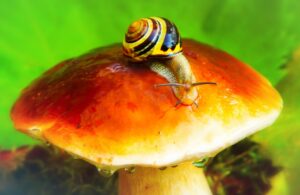 Boletus edulis fruit bodies may be infected by the parasitic mold-like fungus Hypomyces chrysospermus , known as glutton bolete, which manifests as a white, yellow, or reddish-brown cottony coating on the surface of the fungus.
Boletus edulis fruit bodies may be infected by the parasitic mold-like fungus Hypomyces chrysospermus , known as glutton bolete, which manifests as a white, yellow, or reddish-brown cottony coating on the surface of the fungus.
Some reported cases of stomach pain after consumption of dried pigs have been attributed to the presence of this mold on fruit bodies.
The fungus is also used as a food source by various species of fungal flies, as well as by other insects and their larvae.
An unidentified species of virus was reported to have infected specimens found in the Netherlands and Italy; the fruit bodies affected by the virus had relatively thick and small stems or without caps, which gave rise to the name «small hood disease».
Boletus edulis is the food source for animals such as slugs of the banana ( Ariolimax columbianus ), mouse grass long hair, red squirrel, and, as noted in a separate report, the sparrow.

![Photo of Plant Ferns: [Cultivation, Irrigation, Care and Problems]](https://www.complete-gardening.com/wp-content/uploads/2022/08/plant-ferns-cultivation-irrigation-care-and-problems-390x220.jpg)
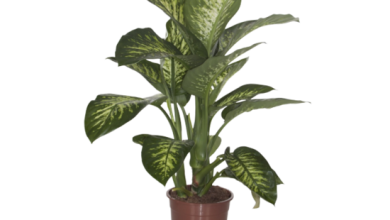
![Photo of How to Plant Peanuts in your Garden: [Complete Guide + Images]](https://www.complete-gardening.com/wp-content/uploads/2022/08/how-to-plant-peanuts-in-your-garden-complete-guide-images-390x220.jpg)
